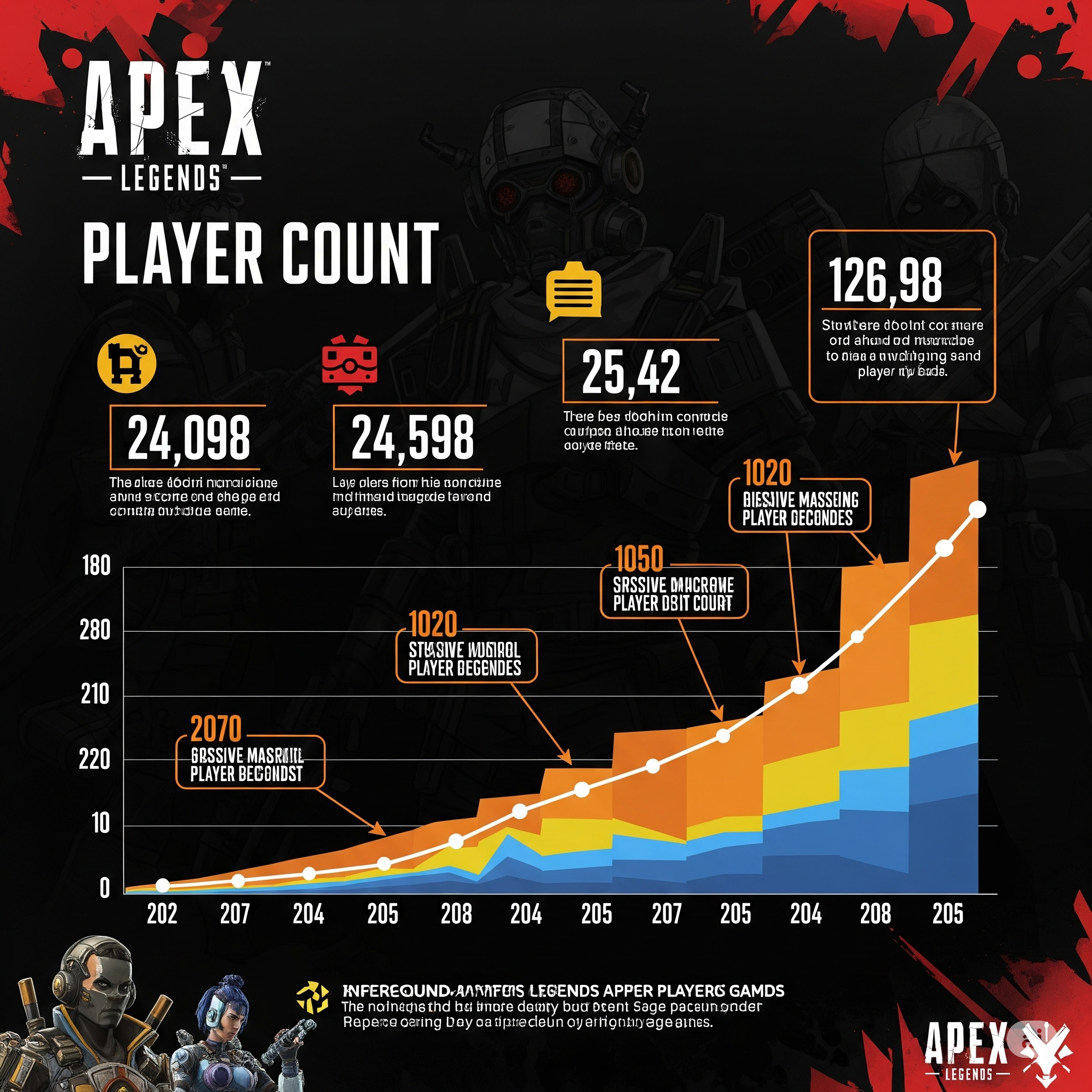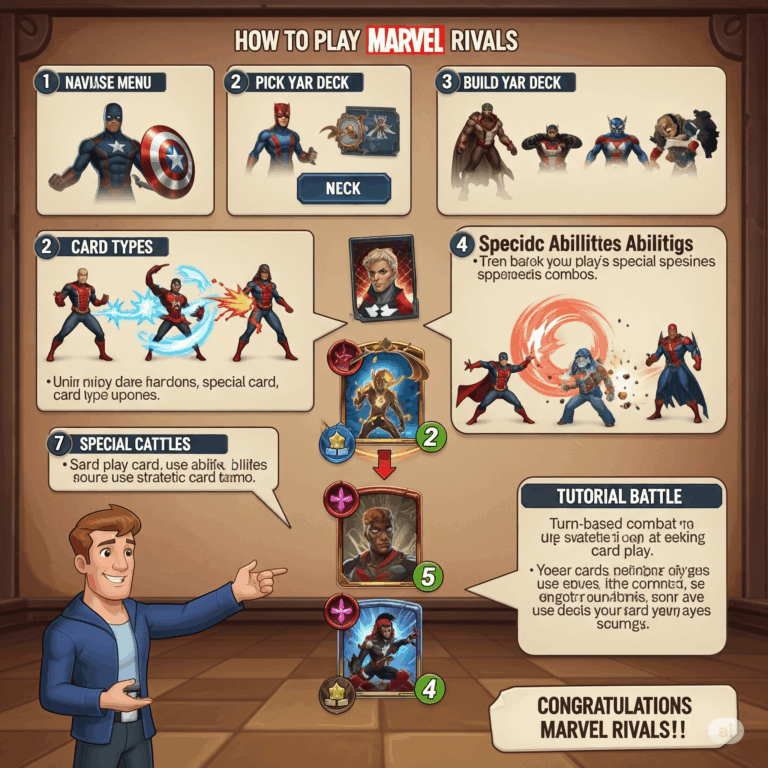
UI Designer vs UX Designer
The terms “UI” and “UX” are often used interchangeably, but they represent different aspects of the design process. UI, or User Interface, refers to the visual elements with which users interact. UX, or User Experience, encompasses the overall feel of the experience and focuses on the user’s journey through the product. Before you set out to hire UI designers, let’s dive deeper into the specific responsibilities and skills of UI and UX designers to clarify their roles.
Decoding the Roles for Better Project Success
Understanding the distinctions between UI and UX design is crucial for building a successful digital product. While both roles aim to enhance user satisfaction, they focus on different aspects of the user experience. UI designers concentrate on the visual and interactive elements of a product, ensuring it looks appealing and functions smoothly.
In contrast, UX designers delve into user research, usability, and the overall journey a user takes when interacting with the product. This blog will delve into the key differences between UI and UX designers, helping you understand their unique contributions and why hiring the right professionals for each role is essential for your project’s success.
1. Focus Areas
UI Designer: UI designers are responsible for the layout, visual design, and interactive elements of a product. They work on typography, color schemes, buttons, icons, and other visual components that users interact with directly. Their main goal is to ensure that the product is visually appealing and that the interface guides users intuitively.
UX Designer: UX designers, on the other hand, focus on the overall experience a user has with the product. This includes understanding user needs, creating user personas, and designing user flows. They conduct extensive research to ensure that the product meets the users’ expectations and provides a seamless experience from start to finish.
2. Tools and Techniques
UI Designer: UI designers often use tools like Sketch, Adobe XD, Figma, and Photoshop to create high-fidelity prototypes and visual designs. These tools help them design pixel-perfect interfaces and create detailed style guides. They also use animation tools to bring their designs to life, ensuring that the transitions and interactions are smooth.
UX Designer: UX designers use tools like Axure, Balsamiq, InVision, and user testing platforms to create wireframes, prototypes, and user flows. They employ techniques such as user interviews, surveys, and usability testing to gather insights and validate their designs. These tools and methods help them ensure that the product is user-friendly and meets the needs of the target audience.
3. Design Process
UI Designer: The design process for a UI designer typically involves creating mood boards, style guides, and design systems. They start with sketches and move on to high-fidelity mockups, ensuring that every visual element aligns with the brand’s identity. UI designers collaborate closely with UX designers to ensure that the visual design supports the overall user experience.
UX Designer: UX designers begin with user research, including competitor analysis and user interviews, to gather insights about user needs and behaviors. They create personas and user journey maps to visualize the user’s experience. UX designers then develop wireframes and prototypes, which they test with real users to gather feedback and iterate on the design.
4. Collaboration and Handoff
UI Designer: UI designers work closely with UX designers, product managers, and developers to ensure that the visual design aligns with the user experience and technical requirements. They provide detailed design specifications and assets to developers, ensuring that the final product matches the design vision.
UX Designer: UX designers collaborate with UI designers to ensure that the visual design supports the user experience. They also work with product managers to align the design with business goals and developers to ensure technical feasibility. UX designers conduct usability tests and gather feedback throughout the development process to refine the design.
5. Impact on User Engagement
UI Designer: A well-designed user interface can significantly enhance user engagement by making the product visually appealing and easy to navigate. When you hire UI designers they focus on creating a visually consistent and attractive design that captures users’ attention and keeps them engaged.
UX Designer: UX designers improve user engagement by ensuring that the product meets users’ needs and provides a seamless experience. They focus on usability, accessibility, and overall satisfaction, which can lead to higher user retention and positive word-of-mouth.
6. User Research and Testing
UI Designer: While UI designers may participate in user testing, their primary focus is on visual design. They may use feedback from UX testing to refine the interface, ensuring that the visual elements support usability and user satisfaction.
UX Designer: User research and testing are core components of a UX designer’s role. They conduct various types of testing, including usability tests, A/B tests, and user surveys, to gather data and insights. This research helps them create user-centric designs that meet the needs and expectations of the target audience.
7. Skills and Competencies
UI Designer: Key skills for UI designers include graphic design, typography, color theory, and interaction design. They must have a keen eye for detail and a strong sense of aesthetics. Proficiency in design tools and a solid understanding of responsive design principles are also essential.
UX Designer: UX designers need strong analytical and research skills, along with the ability to empathize with users. They should be proficient in wireframing and prototyping tools, as well as usability testing methods. Good communication and collaboration skills are crucial, as UX designers often work with various stakeholders.
8. Career Paths
UI Designer: UI designers often start as junior designers and progress to senior roles, such as lead UI designer or art director. They may also specialize in areas like interaction design or motion graphics. With experience, UI designers can transition into UX design or product design roles.
UX Designer: UX designers can progress from junior to senior UX designer roles and eventually to positions like UX manager or director of UX. They may also specialize in areas such as user research, information architecture, or interaction design. Some UX designers transition into product management or strategy roles.
9. Role in Branding
UI Designer: UI designers play a crucial role in maintaining brand consistency across digital products. They ensure that the visual elements align with the brand’s identity and create a cohesive look and feel. This consistency helps build brand recognition and trust among users.
UX Designer: While UX designers also contribute to branding, their focus is on ensuring that the user experience aligns with the brand’s values and goals. They work to create experiences that resonate with users and reflect the brand’s identity, ultimately enhancing brand loyalty.
10. Importance in the Development Process
UI Designer: UI designers are essential for creating the visual components of a product, making it appealing and easy to use. Their work directly impacts the first impression users have of the product, influencing their overall experience and satisfaction.
UX Designer: UX designers are critical for ensuring that the product meets user needs and provides a positive experience. Their work helps identify and solve usability issues, making the product more accessible and enjoyable to use. A strong UX design can lead to higher user retention and satisfaction.
Closing Remarks
Understanding the distinct roles of UI and UX designers is essential for creating successful digital products. Both roles bring unique skills and perspectives to the design process, and their collaboration can lead to exceptional user experiences.
When you hire UI designers and UX designers, consider their specific contributions and how they can work together to achieve your project goals. By recognizing the importance of each role, you can build a team that delivers visually stunning and user-friendly products that meet your business objectives.
For More Details NCD!






